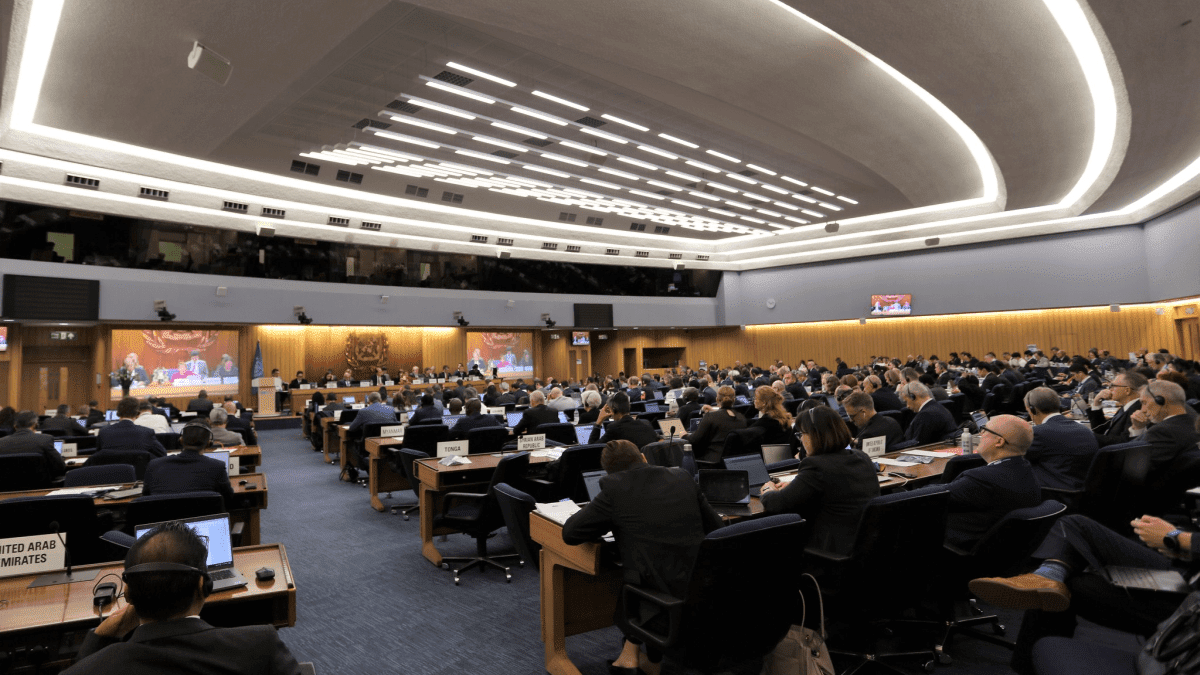IMO’s Maritime Safety Committee (MSC) is expected to adopt regulations covering industrial personnel on vessels and approve guidance on onboard lifting appliances and anchor-handling winches
This key safety committee is meeting 2-11 November in London, UK, to adopt new regulations and guidance affecting all aspects of maritime operations.
MSC 106 has been invited to adopt regulations to reduce risks to industrial personnel working on vessels, particularly those operating in the offshore energy sector
The committee is expected to adopt the draft new SOLAS chapter XV and the associated new International Code of Safety for Ships Carrying Industrial Personnel (IP Code), developed by the Sub-Committee on Ship Design and Construction (SDC 8) to improve the safety of contractors and other industrial personnel on vessels.
This SOLAS chapter also addresses specific maritime operational risks within the offshore and energy sectors, such as personnel transfer operations. Such personnel may be engaged in the construction, maintenance, decommissioning, operation or servicing of offshore facilities such as oil and gas installations, windfarms, aquaculture, ocean mining or similar activities or be employed on offshore support vessels and those involved in oceangoing and coastal towage.
In another safety move, MSC 106 will be expected to approve in principle two sets of draft guidelines covering onboard lifting appliances and anchor-handling winch safety. These draft guidelines will support the implementation of the new draft SOLAS regulation /3-13, which covers requirements for the application, design and construction, operation, inspection, testing and maintenance of onboard lifting equipment and winches used for handling anchors.
The draft SOLAS amendments were approved in principle by MSC 102, with a view to adoption at MSC 107, expected to be held in 2023, along with the related guidelines. The aim of the draft regulation and the two sets of guidelines is to prevent accidents related to these devices on vessel decks.
They were developed in response to accidents that have caused harm to operators and damage to ships, cargo, shore-based structures and subsea structures, and to the marine environment.






